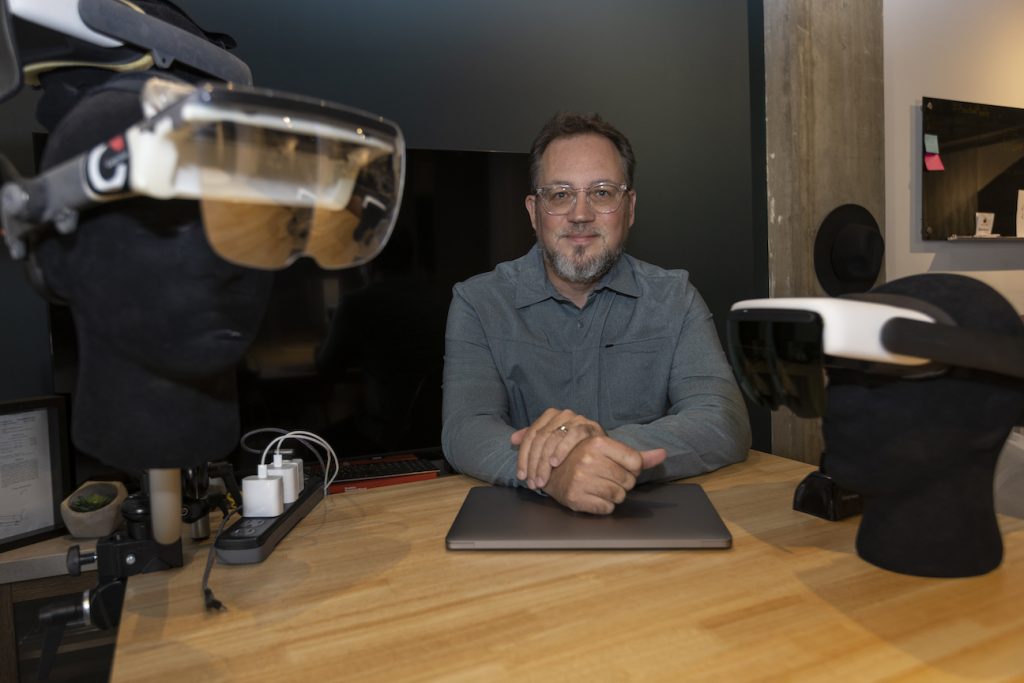Cognixion’s flagship product receives FDA breakthrough designation
IN THIS ARTICLE
- Latest news Topic
- Jorge Mercado Author
By Jorge Mercado Thursday, May 4th, 2023

Santa Barbara-based Cognixion has received a Breakthrough Device designation from the U.S. Food and Drug Administration, the company announced on May 4, paving the way to get its artificial intelligence-powered neural interface to the market faster.
Cognixion was founded in 2014 by Andreas Forsland, under the name Smartstone at the time.
With the designation, Cognixion One, the company’s flagship product, can be streamlined through the development and validation process with prioritized interactive feedback from FDA review staff in preparation for regulatory submission.
This special FDA Breakthrough designation is awarded to devices that demonstrate the potential to provide more effective treatment of life-threatening or irreversibly debilitating diseases or conditions for which no clear alternatives exist, the company said in a press release.
“This FDA Breakthrough Device designation is a significant milestone, and we are thrilled to receive it for our Cognixion ONE device,” Forsland said in a press release. “It validates the potential of our technology to make a real difference in the lives of individuals with severe motor impairments and underscores the importance of how AI can be used to assist people in everyday situations. We are excited to continue our work to bring this life-changing technology to those who need it most.”
Cognixion One is an assisted reality device that leverages artificial intelligence, augmented reality and assistive technology to help people with severe motor impairments communicate and interact more effectively and independently with the world around them.
Cognixion One detects signals from the user’s brain waves associated with visual fixation. This means the device is able to read the user’s brain activity while sending control signals back to the augmented reality application, allowing users to communicate hands-free and voice-free.
According to a press release from the company, the device utilizes electroencephalogram (EEG) technology to provide a noninvasive brain-computer interface (BCI) enabling patients with advanced disease progression to communicate their responses with their thoughts and mental attention in a wearable, augmented reality headset.
Integrating Artificial Intelligence (AI) such as GPT large language models that run on the device with contextual predictions, the device aims to rapidly support the user’s communication intentions and desired outcomes, providing suggestions that can be quickly selected and communicated audibly and visually on the front visor as a communication aid, the company said.
The device is designed to help The device has been specifically designed to help individuals with neurodegenerative conditions such as Amyotrophic Lateral Sclerosis, also known as ALS or Lou Gehrig’s disease and similar conditions that impair brain function.
Currently, no such device exists which can allow fully paralyzed or locked-in patients to communicate in the public market, the company said.
email: [email protected]








